The idea for a Bacanora tour began percolating in the late spring as a potential add on event for Mexico in a Bottle Phoenix. But, like many ideas, once Francisco Terrazas, formerly with Mezcal Vago, Doug Smith, owner of Crisol Bar in Tucson, and I began digging into the details we realized it would be a good idea for us to do a scouting trip first before inviting others along so we’d know what we were in for. On the morning immediately following Mexico in a Bottle, Francisco and I set off from Phoenix at 7:30am. We picked up Doug in Tucson and had crossed the border into Mexico at Nogales by 11AM. It was another three or so hours to the town of Arizpe in the Rio Sonora area, our first Bacanora stop.
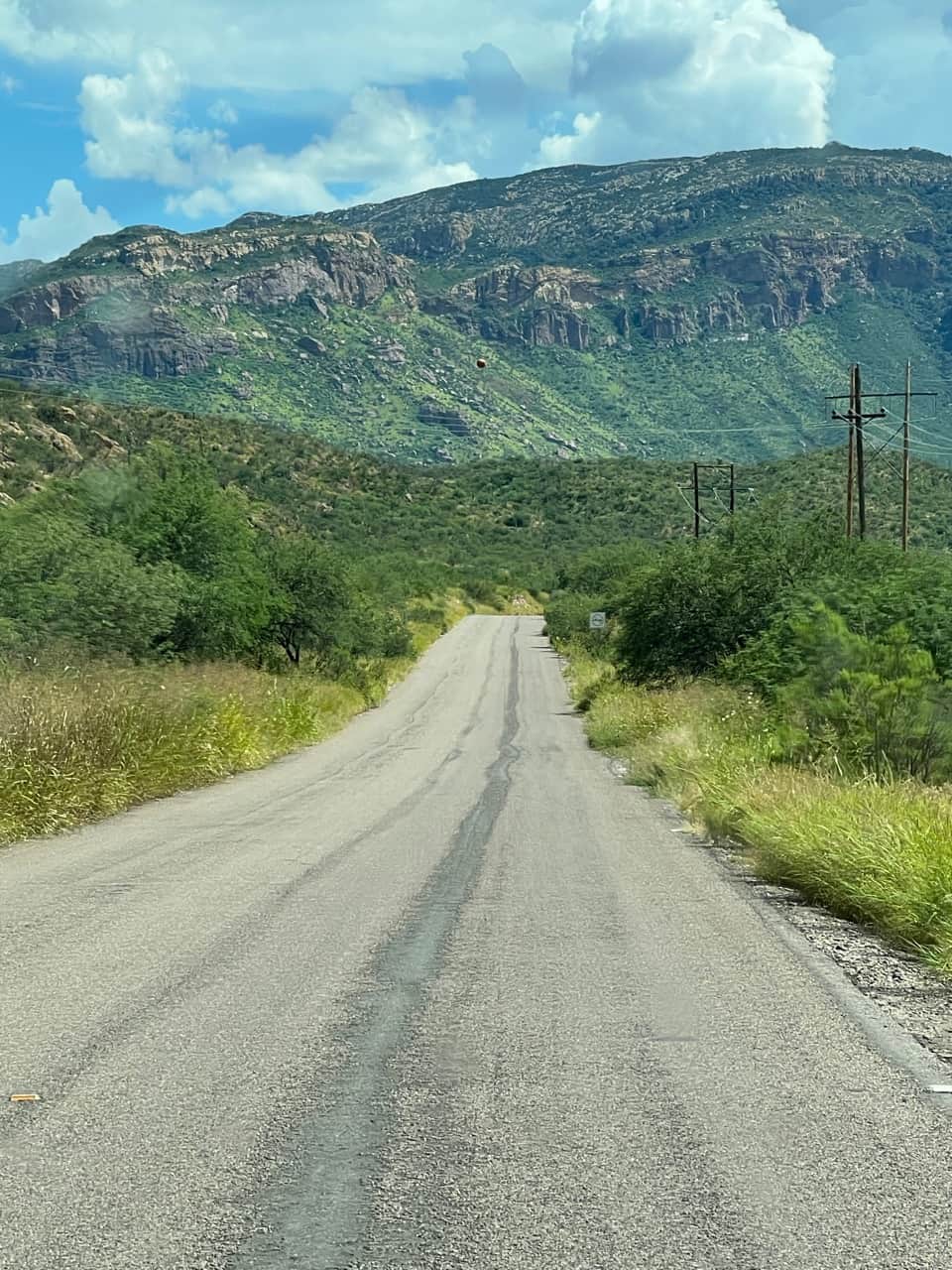
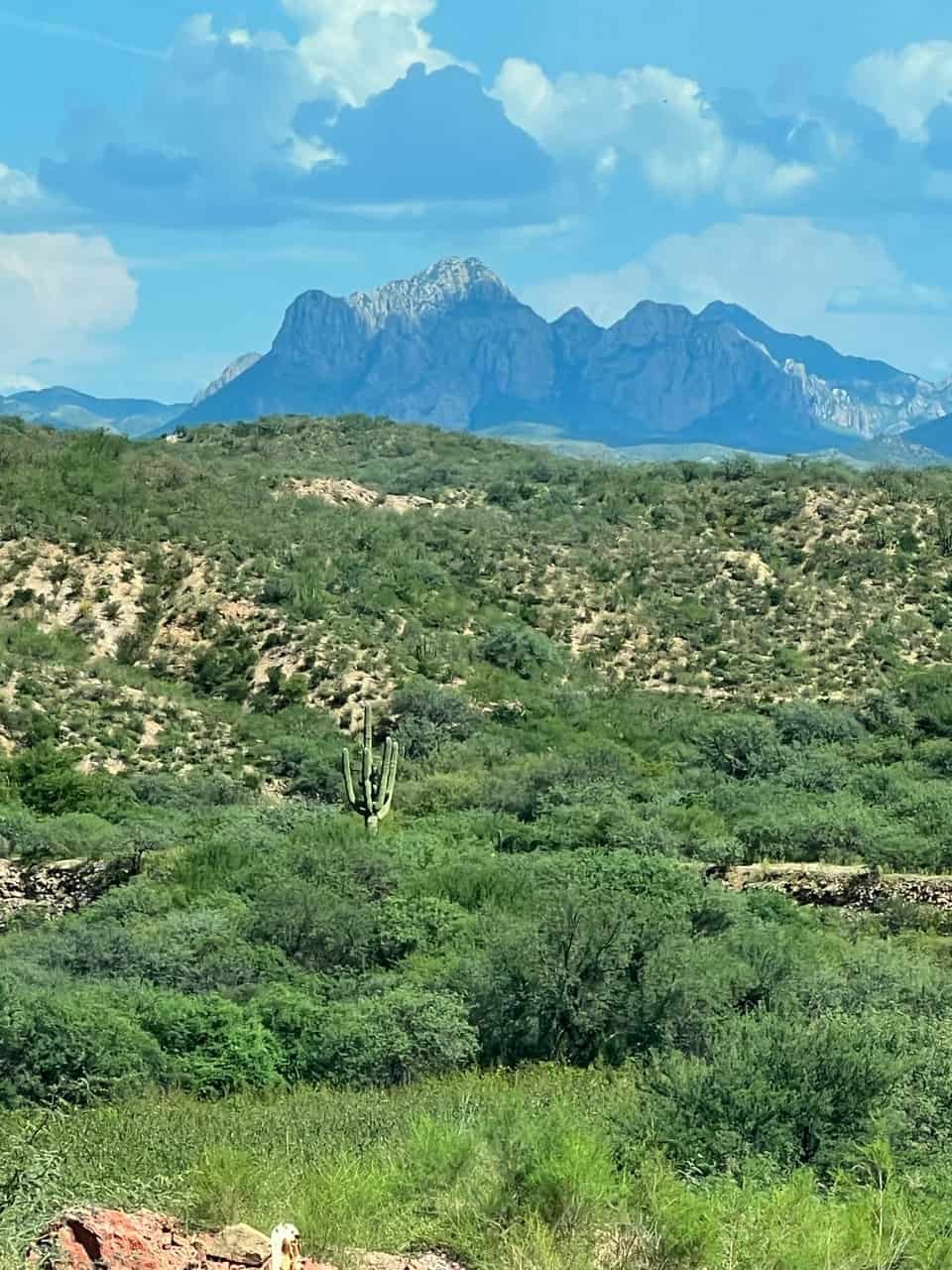
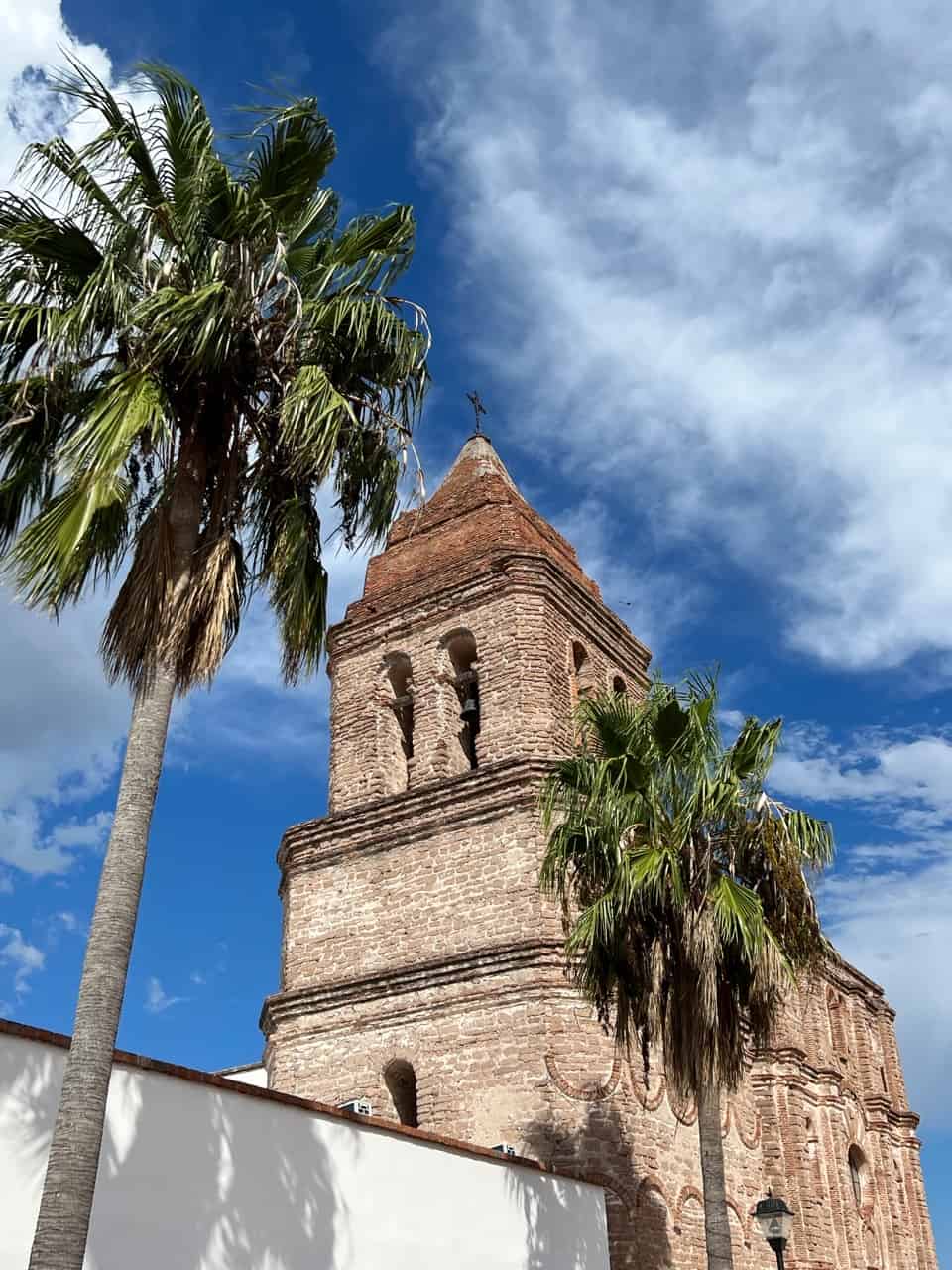
As an easterner by birth, I have always been fascinated by the desert, and of course the history, culture and lore of the west. While California has been my home for the past 30 years, it has never captured my imagination of the west in the same way Arizona has with its Saguaro cactus and old west mythology. To say I was excited for this trip would be an understatement. The only things I expected were heat, desert, flour tortillas, and lots of beef. I did not expect humidity and nightly thunderstorms.
Arizonians are no strangers to Sonora, though based on conversations with people, most do not venture far from the road that takes them to the coastal town of Puerto Peñasco. Even fewer have thought about the proximity of Bacanora country, nor even Bacanora itself. There is the usual fear of traveling in Mexico because of cartel activity, which is real in this area, but the roads are good and well marked. Still, I was happy to be driving with someone who knew his way around and, more importantly, who had connections with the different producers in the Rio Sonora.
The Denominacion de Origen (DO) for Bacanora encompasses 35 municipalities in Sonora. Max has a great write up about the history of Bacanora, Bryant Orozco wrote a great series about his reconnection with his Bacanora roots, and for a specific take on agave spirits in Arizona, check out this piece by Arizonian Shad Kvetko. The Rio Sonora is the northern part of the DO, with only one certified producer in the area, Rancho Tepua. This area is wild and mountainous. Because of the late season rains, it was incredibly verdant, lush, and humid. There are cattle ranches and fertile farmland in the valley that hugs the riverside. The region is known for its prized garlic and the chiltepin, a small and very spicy chili pepper. This area was also inundated by floods in August and farmers lost their crops of corn, watermelon, and beans. The late rains also delayed the start of Bacanora season, so much of what we tasted was from batches made in the early spring or last year.
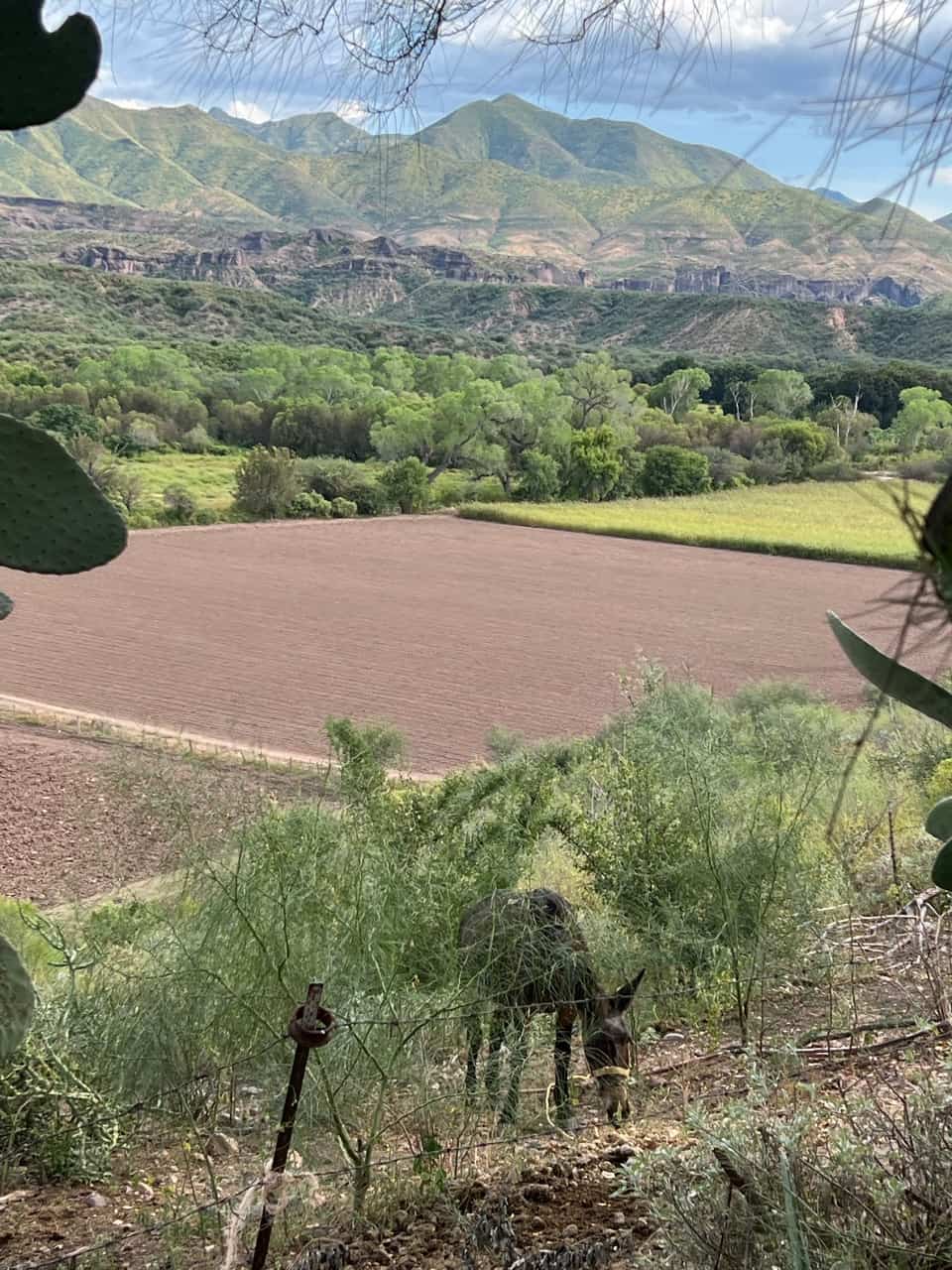
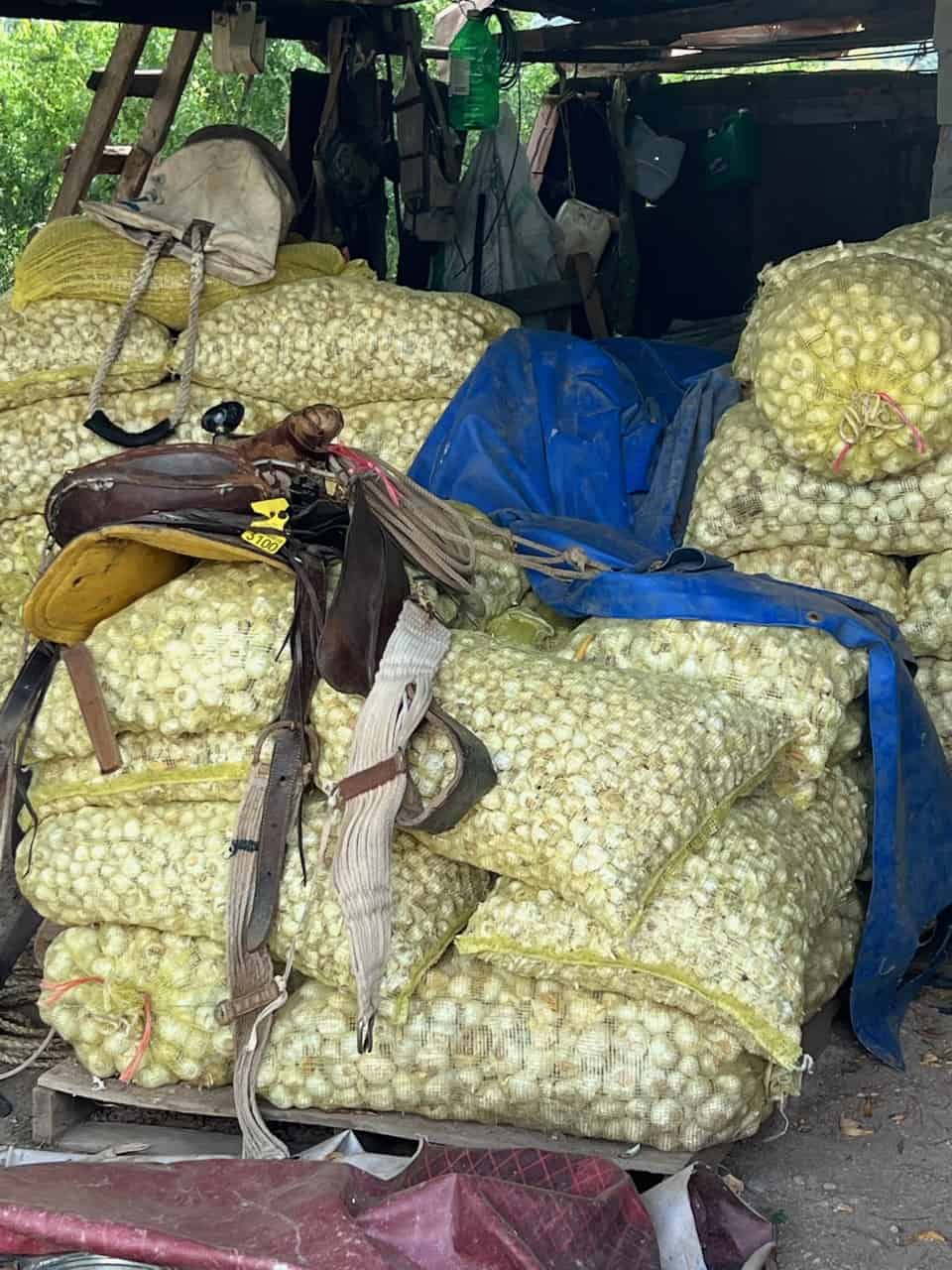
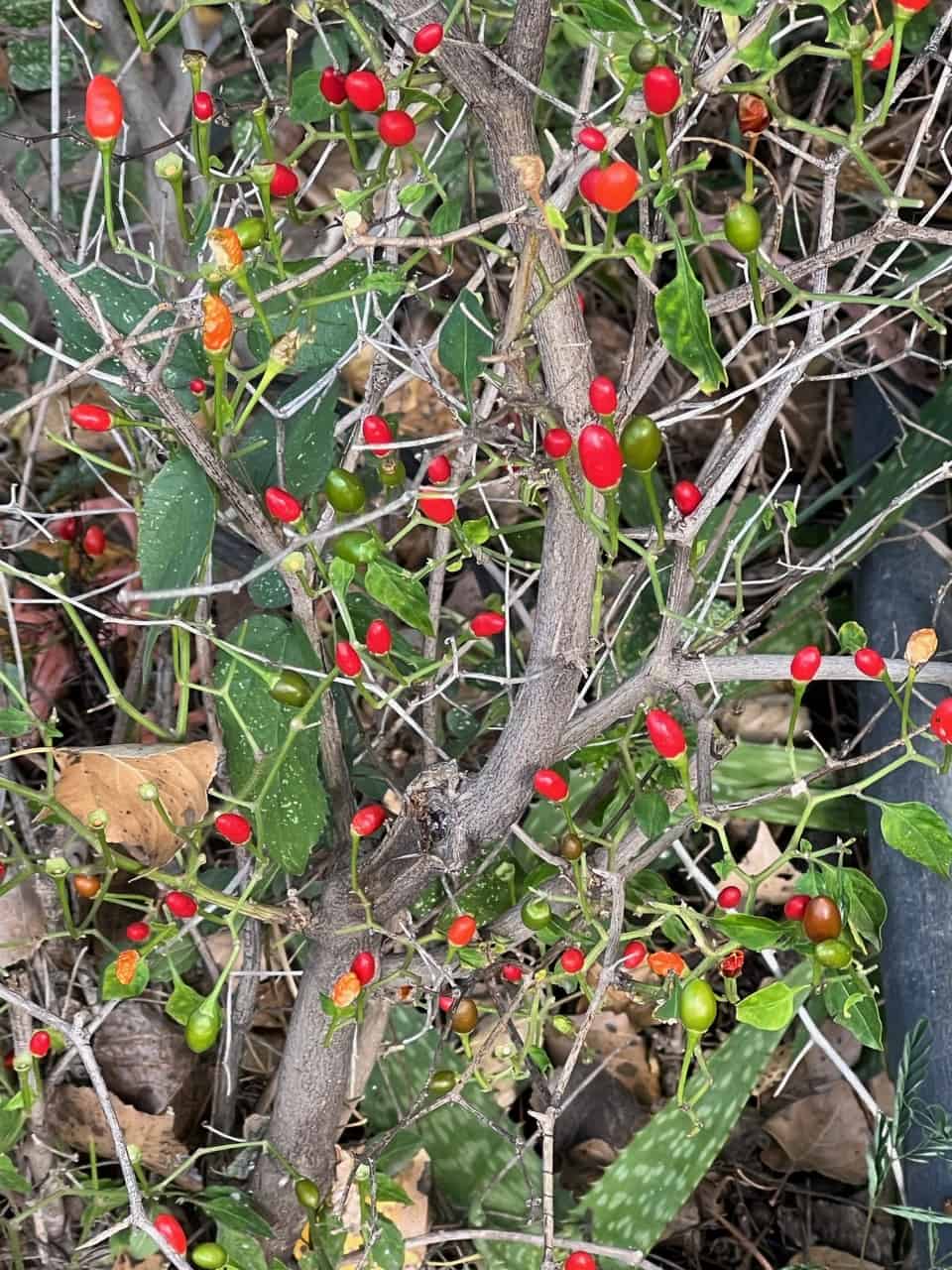
Most of the vinatas – the local word for distillery – are located close to the river for easy access to water and springs. They are completely open air, with only the canopy of trees as cover. The set ups are about as rustic as could be. In the area around Arizpe, steel drums are used for fermentation. When done fermenting, the same tanks are used for distillation. The mash is left where it is and the drum is converted into a still with the addition of a metal top, often the top half of a keg. In other parts of the Rio Sonora area, rotoplast containers are used for fermentation and with the ferment then moved into the steel drum stills.
All of this makes sense when you think about the clandestine past of Bacanora. Up until the 1990’s production and consumption were illegal and punishable by death. These vinatas were designed to be abandoned or moved at the drop of a hat.
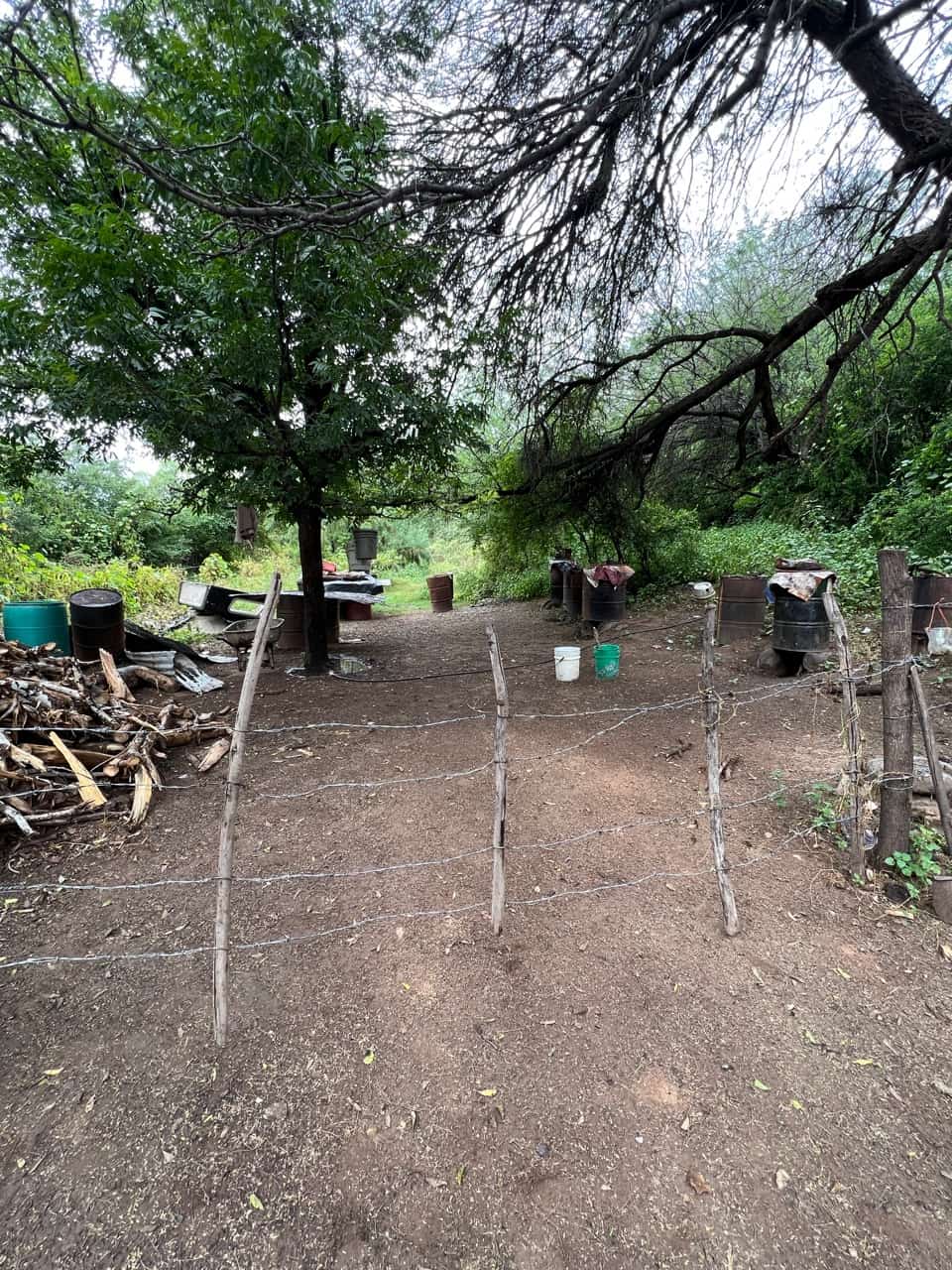
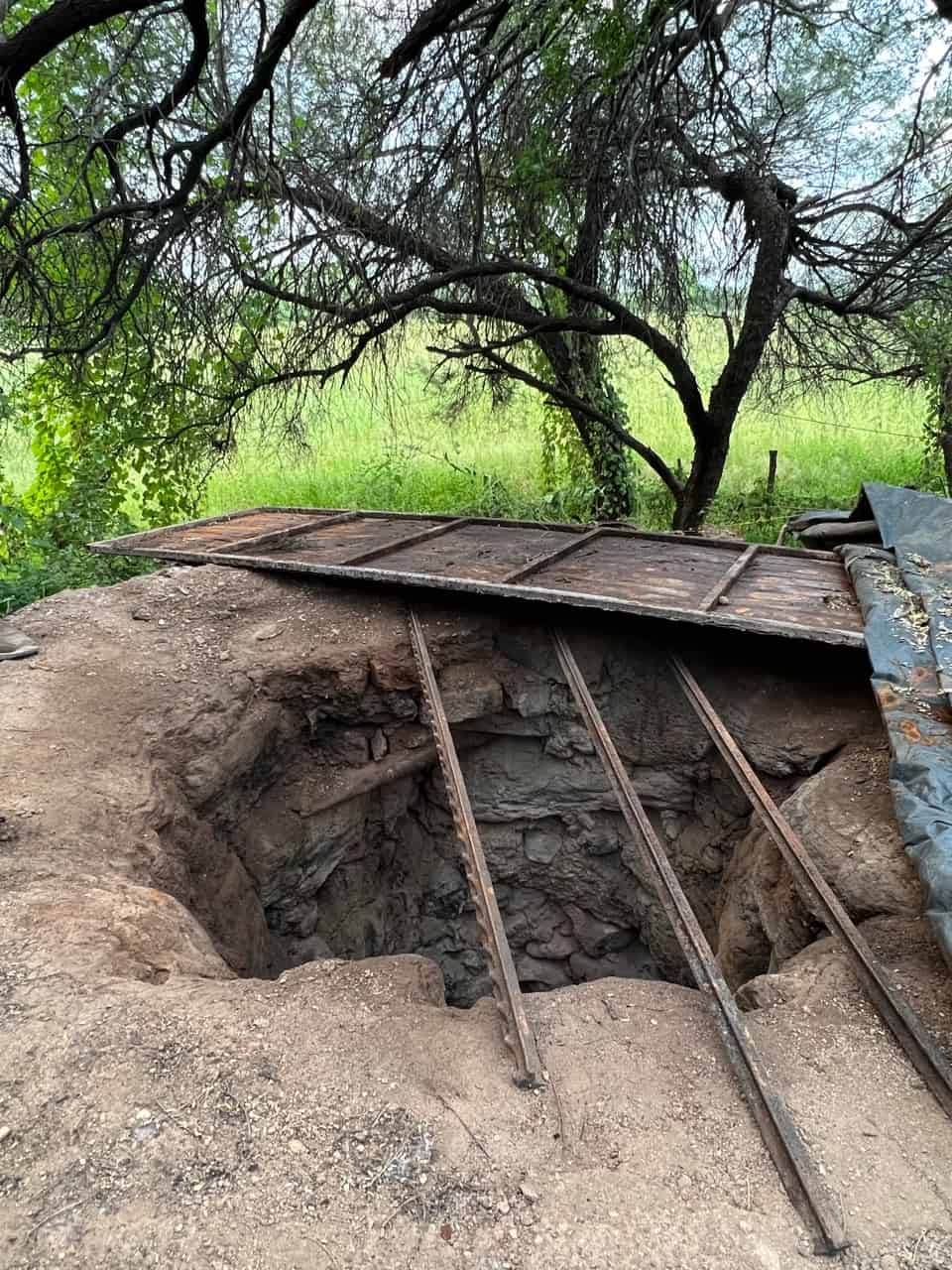
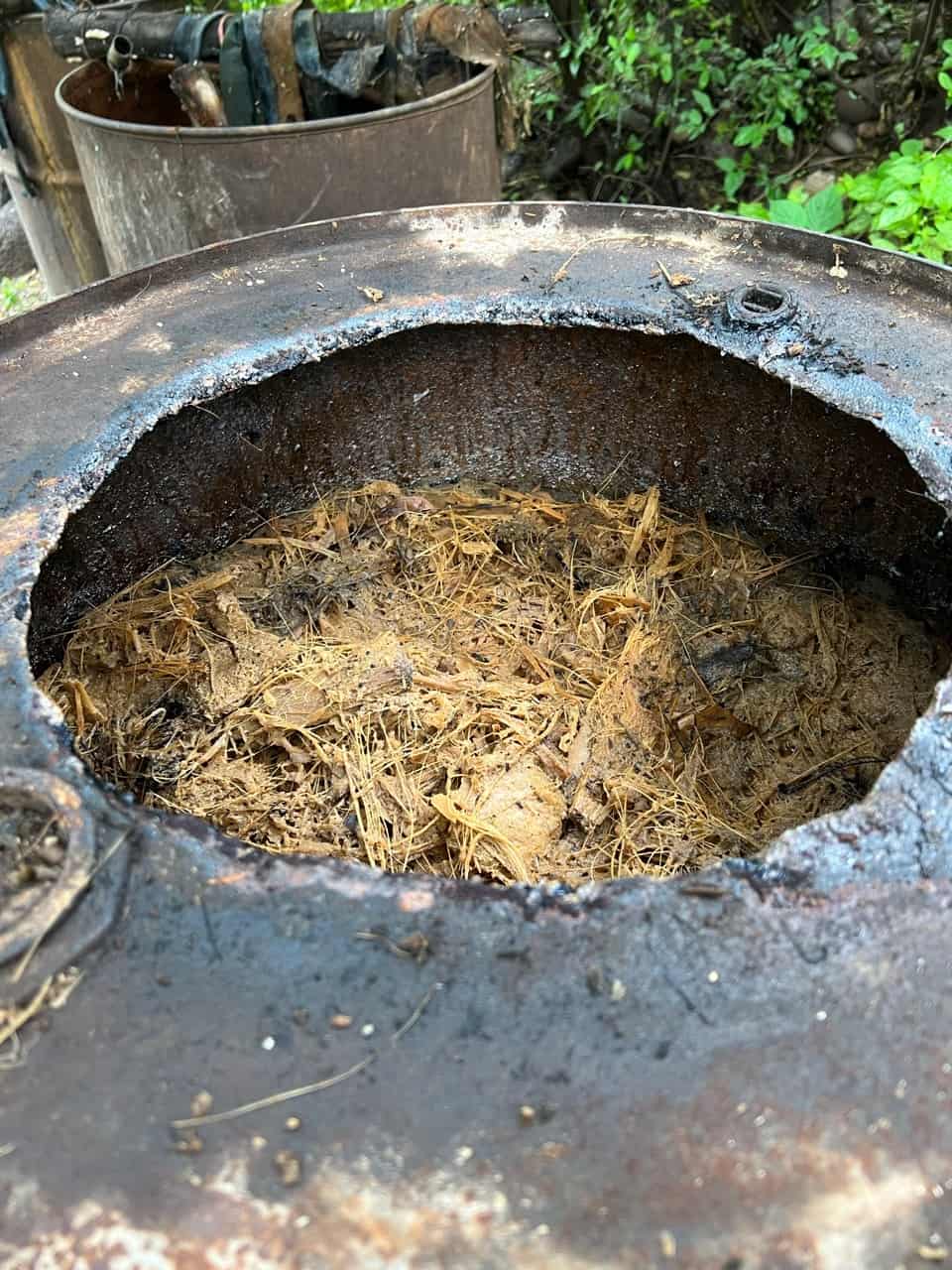

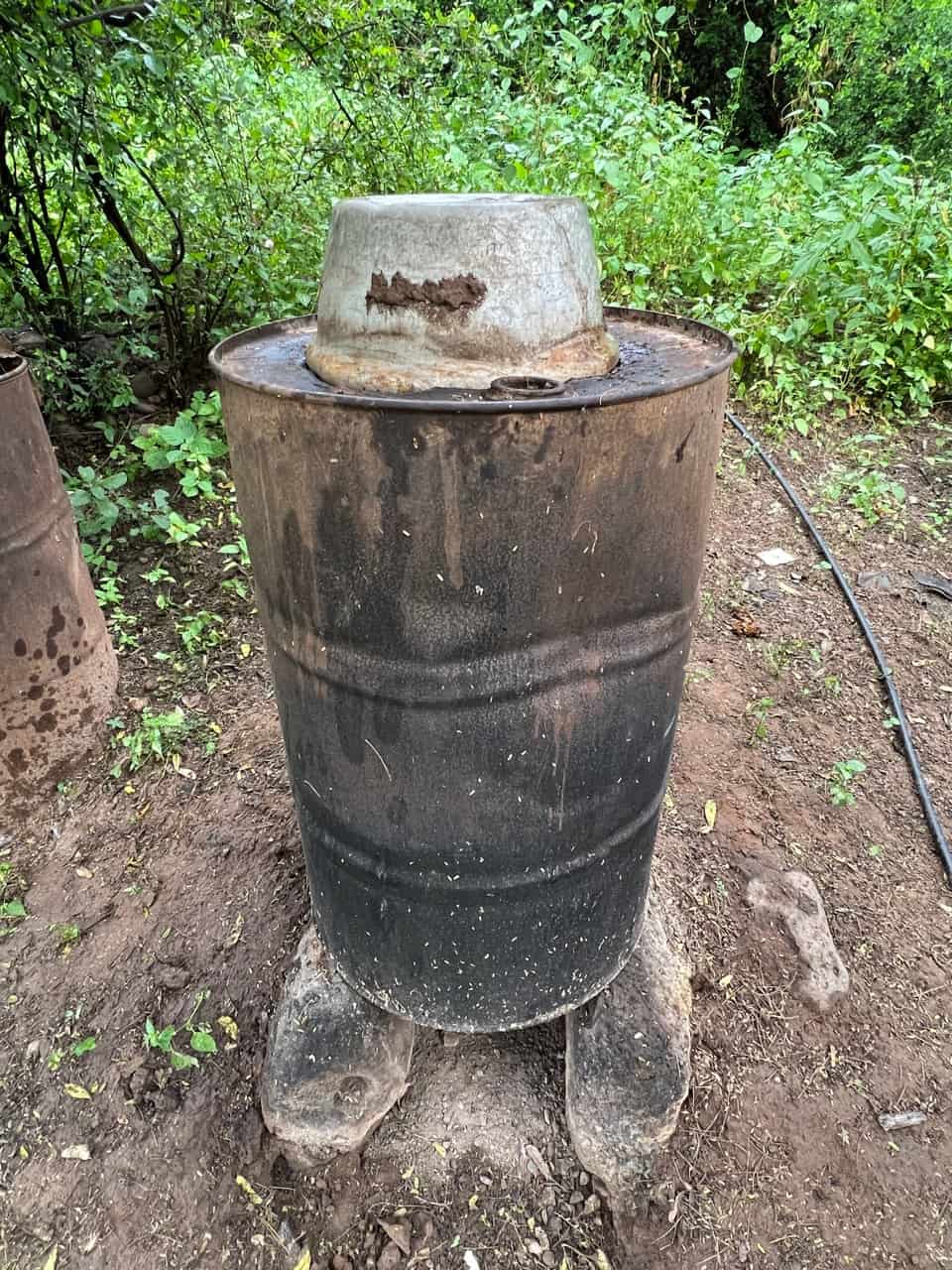
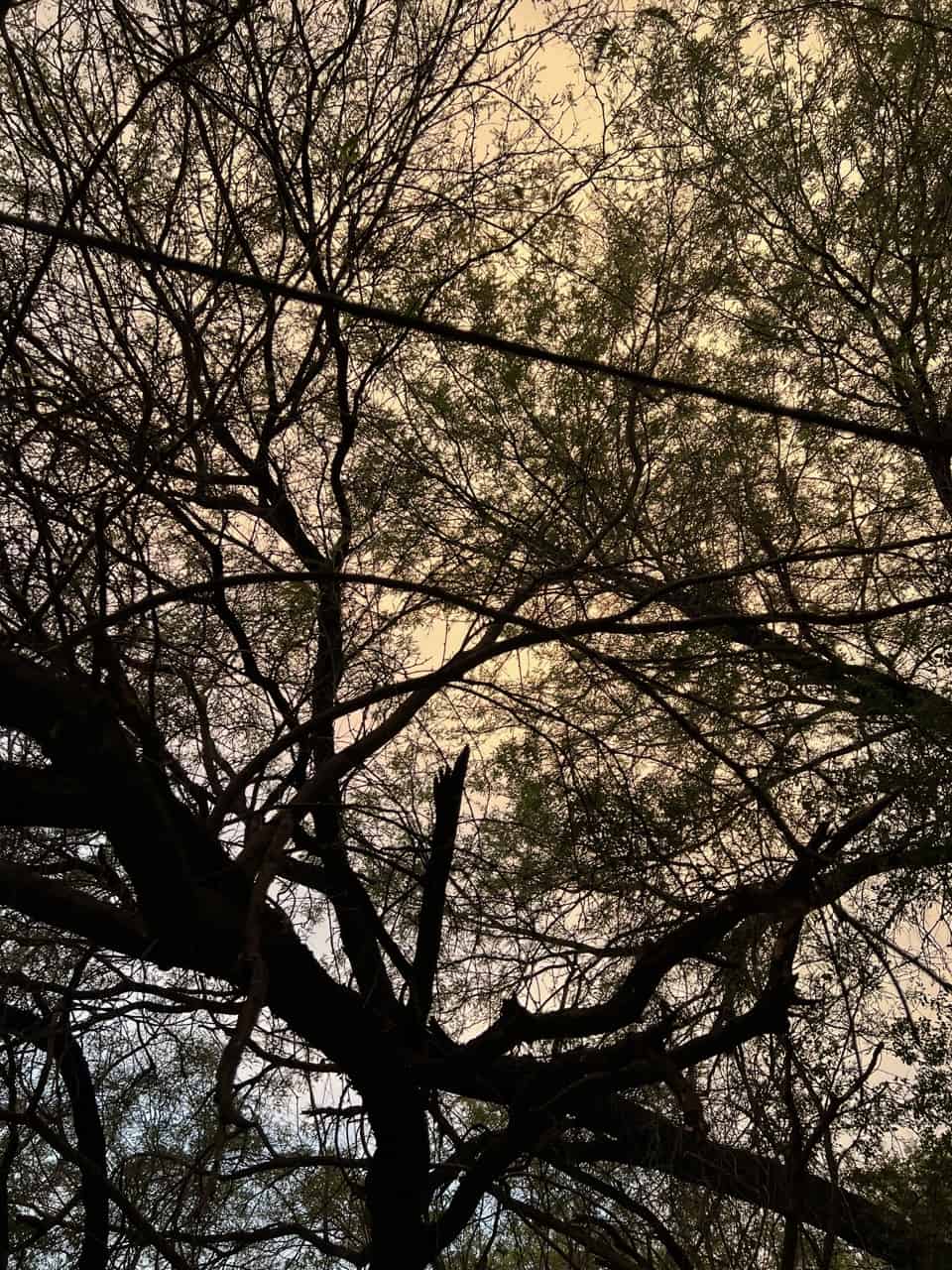
To be a certified Bacanora, you can only use Agave Angustifolia. The variety is related to espadin, though the pencas are much narrower. This area was also the site of a major freeze in 2011 that wiped out a large percentage of agave. Even though agave has been planted since, it will take a few more years to mature. Many of the producers have been buying agave grown further south to sustain Bacanora production in the interim. The producers we visited used both Angustifolia, referred to as Bacanora irregardless of whether it is certified, and Lechuguilla, referred to locally as mezcal.
There are organizations working on both sides of the border to restore agave diversity in the region. Because it is the major migratory path for bats, it is incredibly important for agaves to shoot quiotes so bats can feed on the pollen and nectar. Colectivo Sonora Silvestre has a bat initiative but is also working with producers on establishing viveros and a seed bank.
Our basecamp was Banamichi, a lovely and very quiet town that has been designated as one of Mexico’s Pueblo Magicos. We stayed at the very charming Posada del Sol right on the town square. It was not serving dinner when we arrived so we went in search of food, hoping it would not end up being an Oxxo dinner, before finding an ice cream shop/burro and burger place that was clearly the only open place in town. Thankfully there was cold beer. We also noticed a number of miners. Doug explained there are several silver, copper, and zinc mines in the area. The increased mining activity has raised concerns about water pollution and more. As cattle ranching has become ever more expensive and more people are leaving for opportunities elsewhere, land is being sold to mining operations which are usually foreign owned entities.
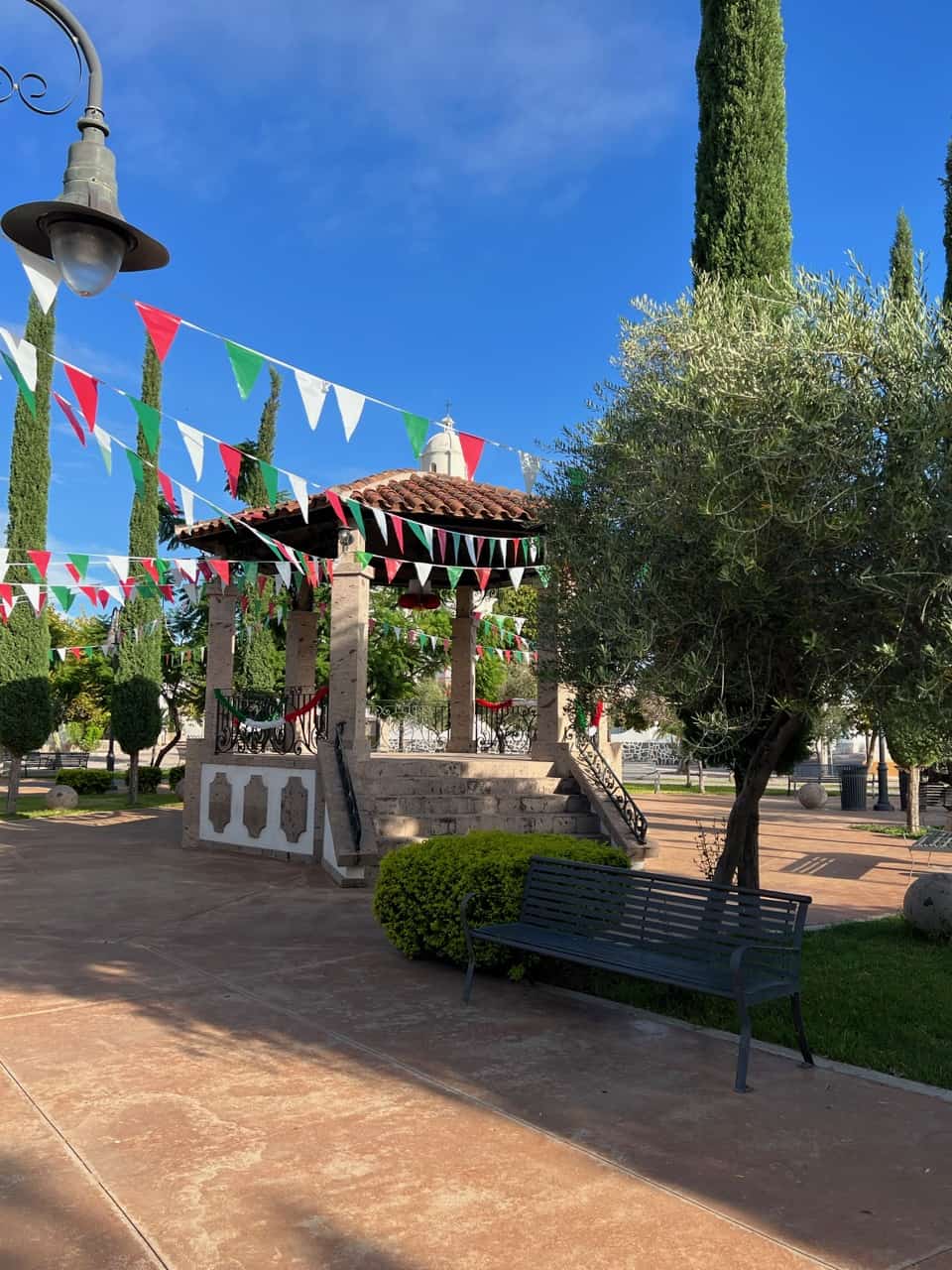
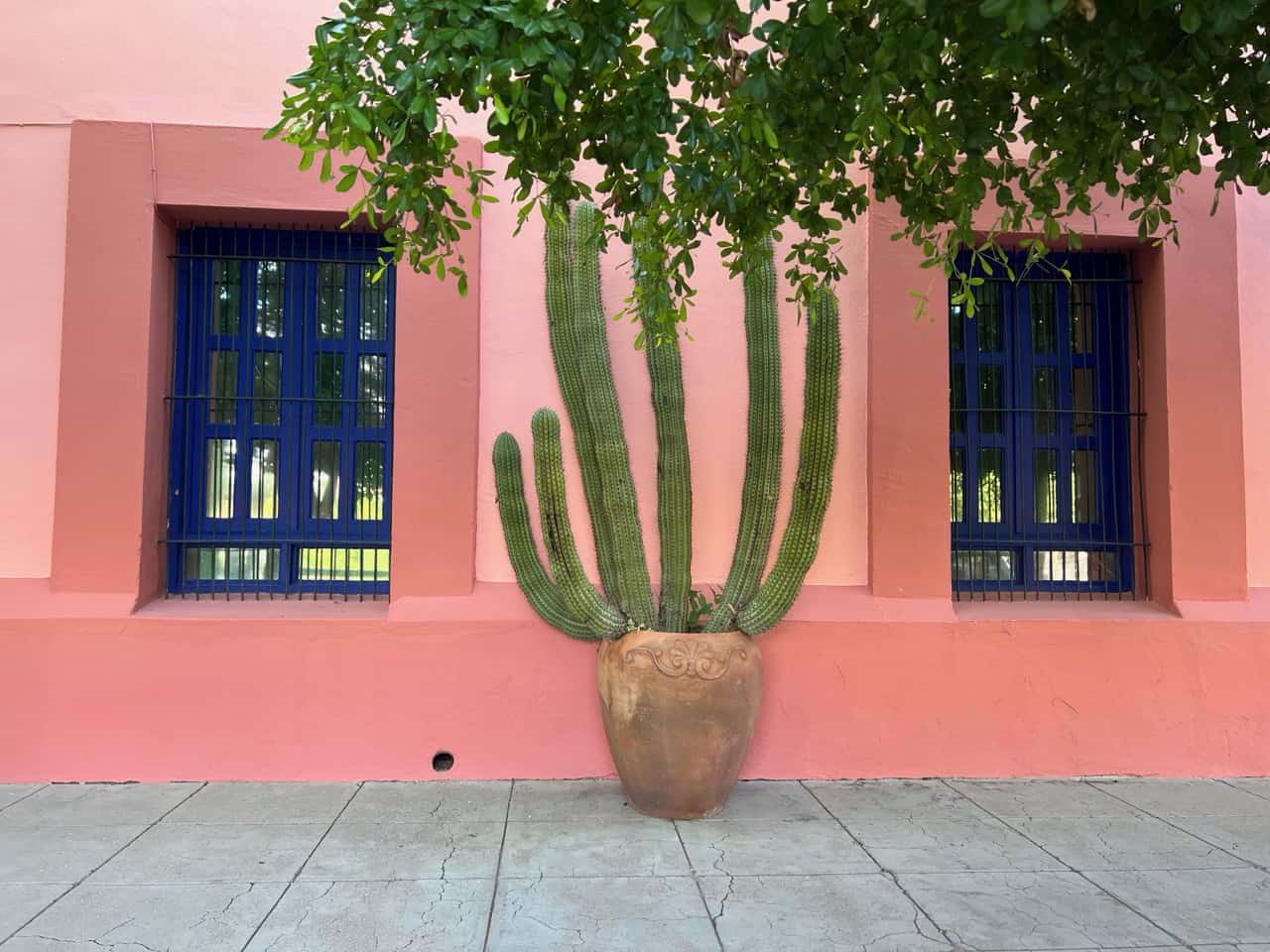
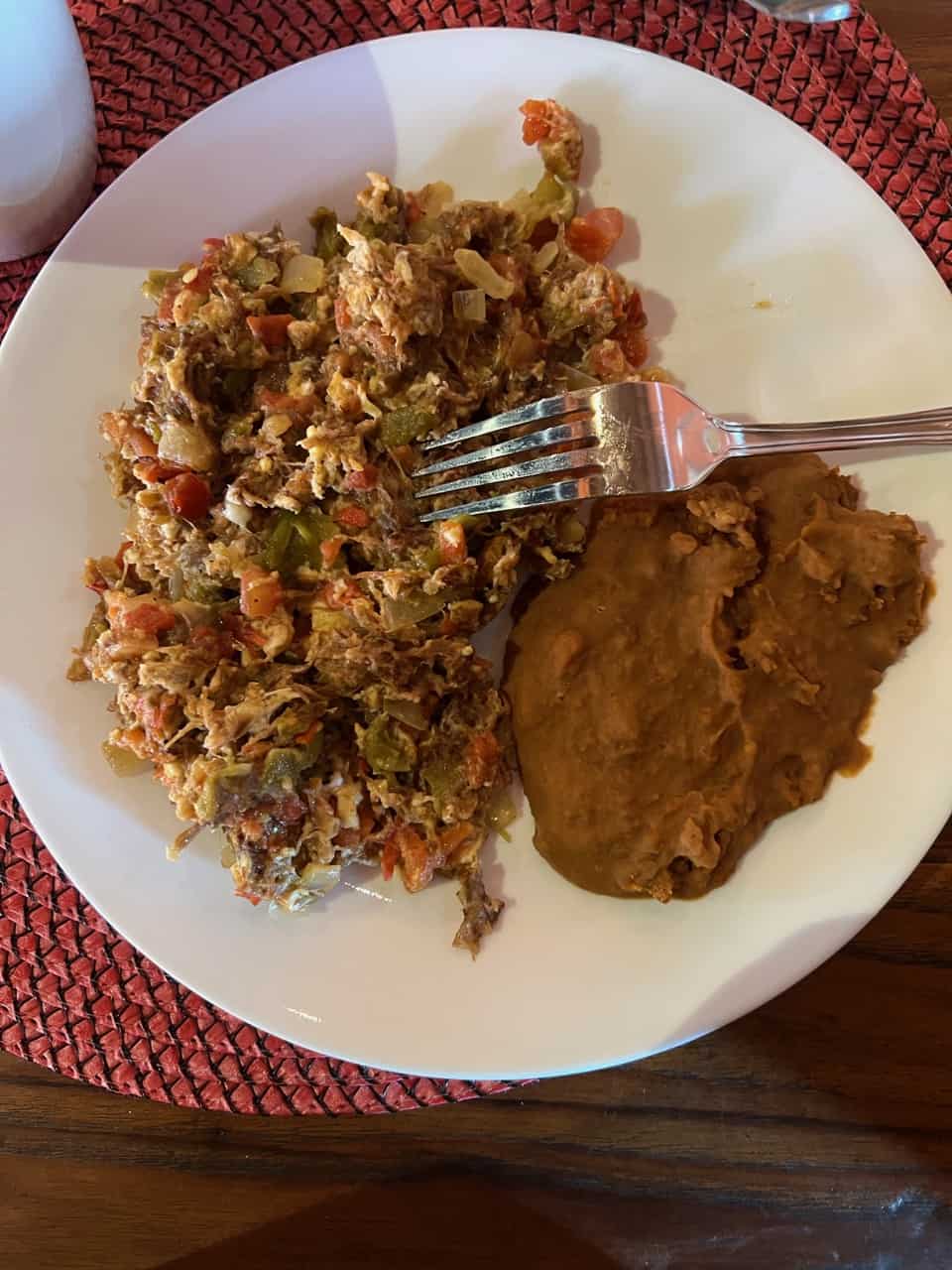
As we got back to the hotel, the storm that had been rumbling in the distance blew through, with thunder, lightening, and a torrential downpour that ended about 20 minutes later, promising a very hot and humid next day and a rough drive out to Rancho Tepua. We met up with Roberto Sr. and Jr. Contreras in the early afternoon in Baviácora, another charming town south of Banamichi. We drove in caravan style out to their ranch, a solid hour on a rutted road. We were warned repeatedly about how bad the road was, and it was rough, but at least it did not come with the added stress of feeling like you would fall over the side of a mountain at any moment.

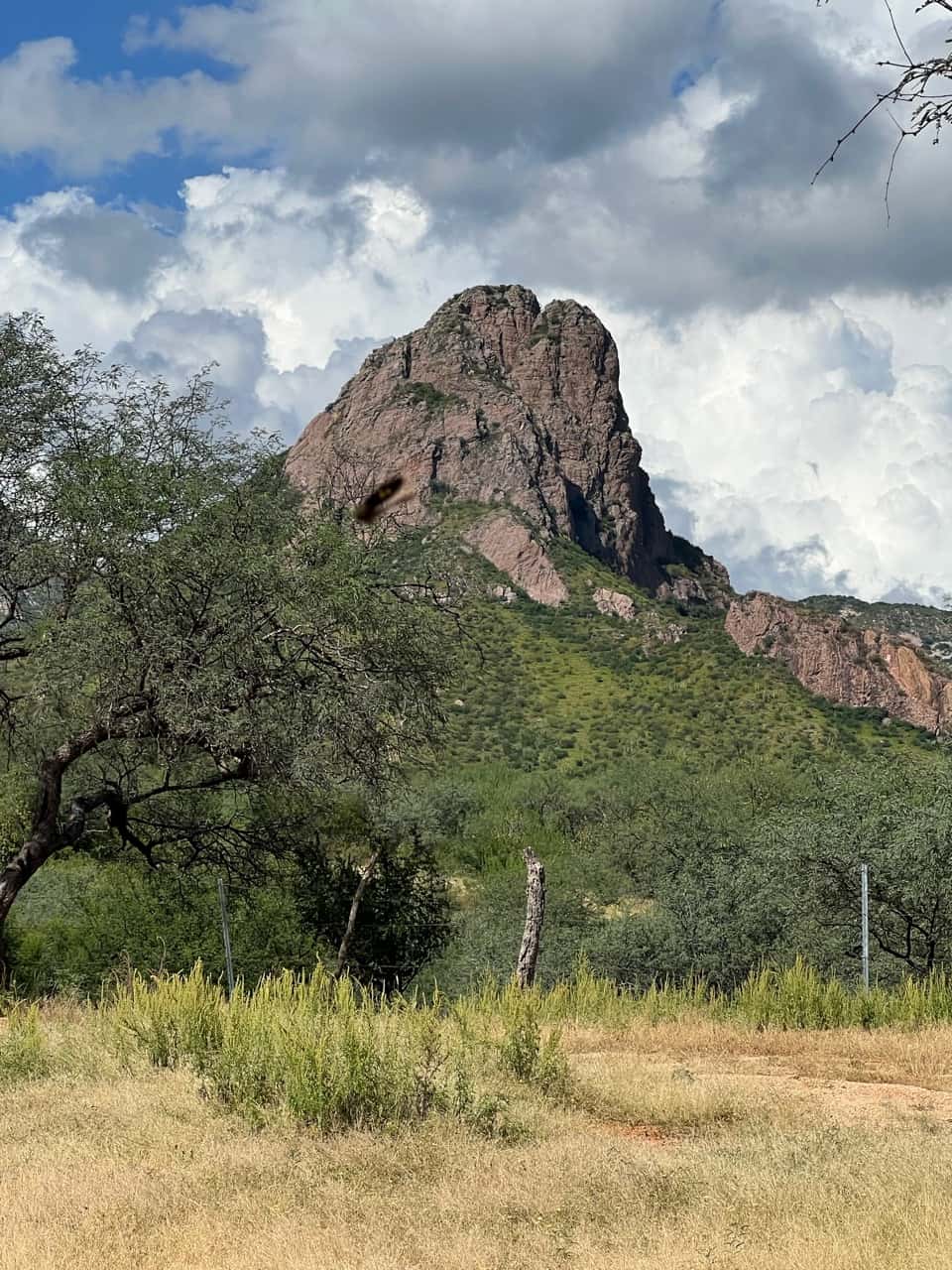
The ranch itself is stunningly beautiful. After walking around the vinata which was getting prepped for upcoming production, Roberto Jr. took us up to the spring where the water for production comes from. We spotted a Gila Monster which happily moved away from us as quickly as it could, and then headed back to the ranch house for a meal. Our conversation focused on growing agave and the toll ranching is taking on their neighbors. Like in many mezcal producing areas, Bacanora production is just one part of the family economy with ranching and farming contributing to income. In this area, most produce only a couple hundred liters a year. If a farmer or rancher decides to sell off their land and leave, there is seldom anyone to step in and make bacanora.
As the sky began to fade into soft pinks and orange, we realized we needed to head out before it got too dark. It was so quiet and peaceful, none of us really wanted to leave. On the road out, I spotted a bobcat. The sky began turning a brilliant shade of red and we pulled over to take pictures. We arrived back at the hotel in time for a dinner of enchiladas and a dessert of flan del chiltepin. Another thunderstorm broke, another torrential downpour passed through, promising another day of green humidity.

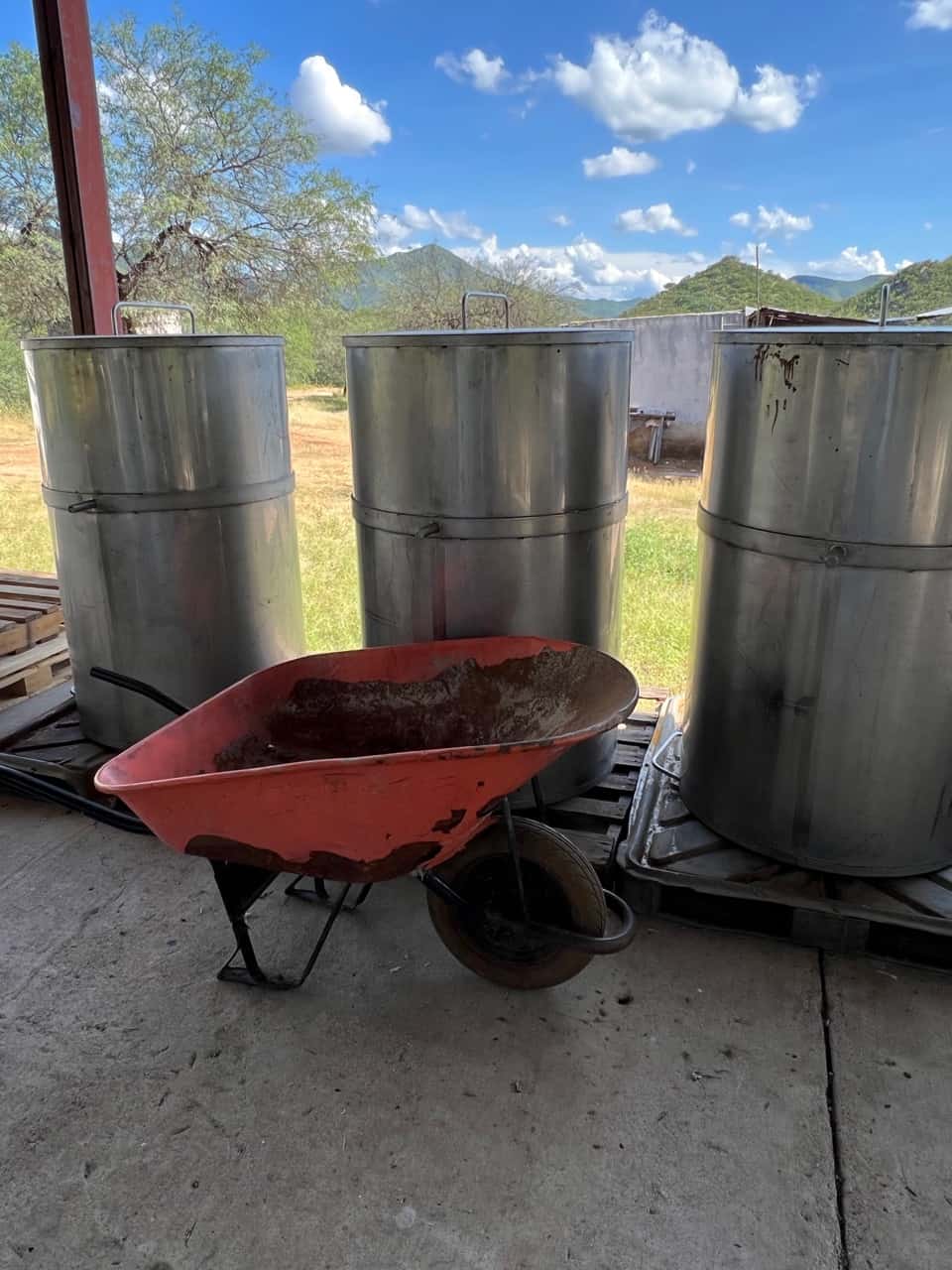
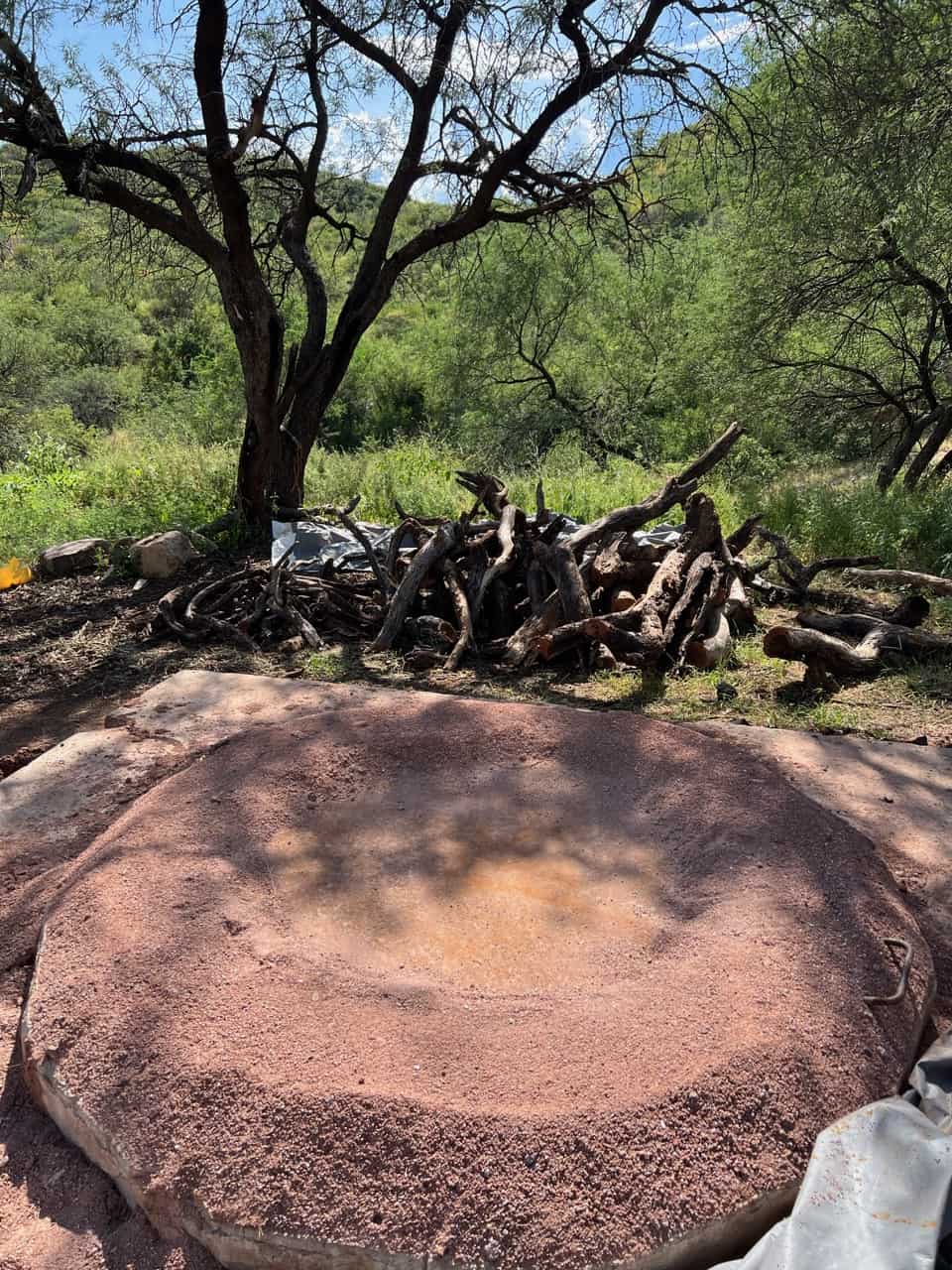

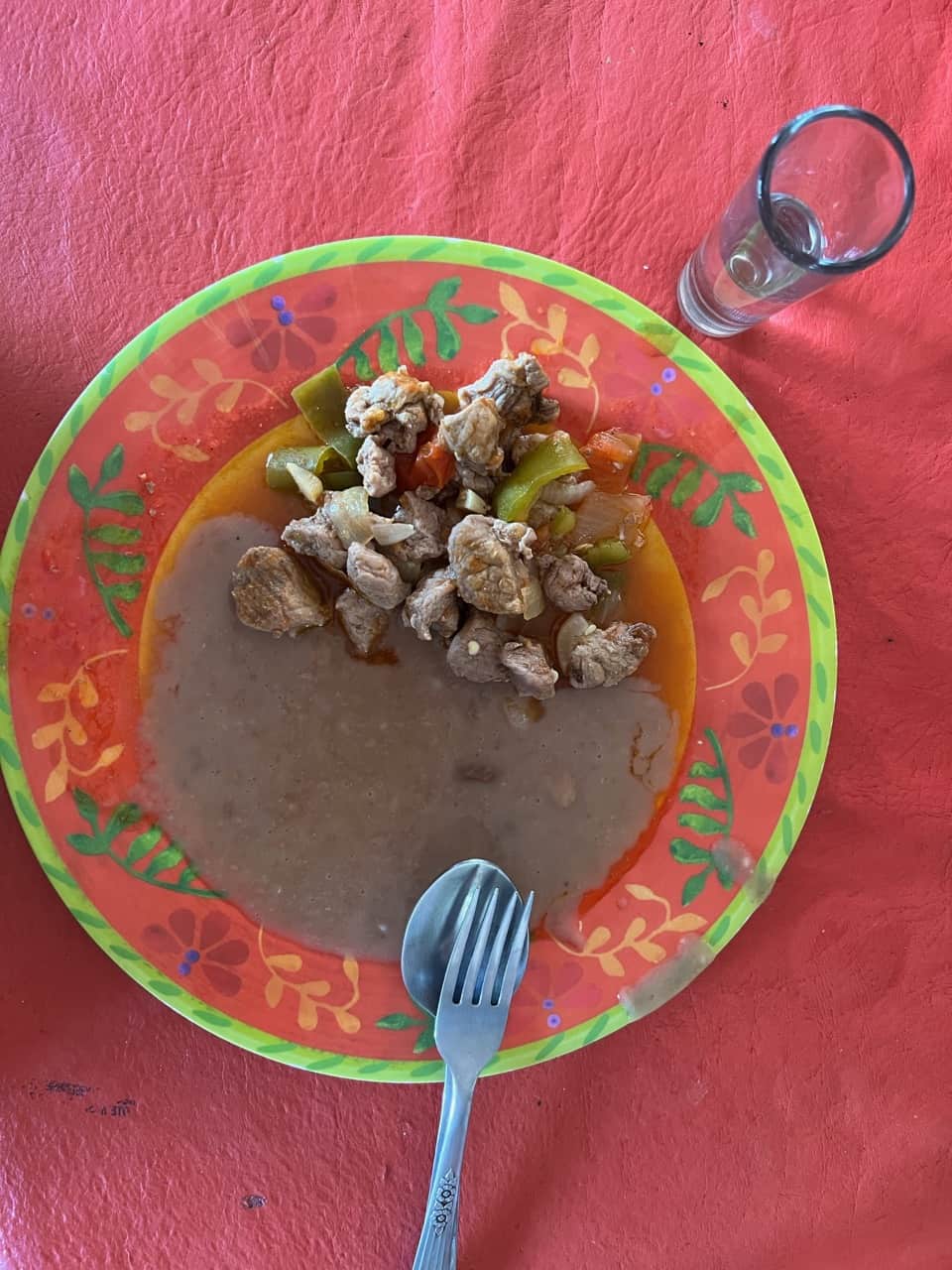
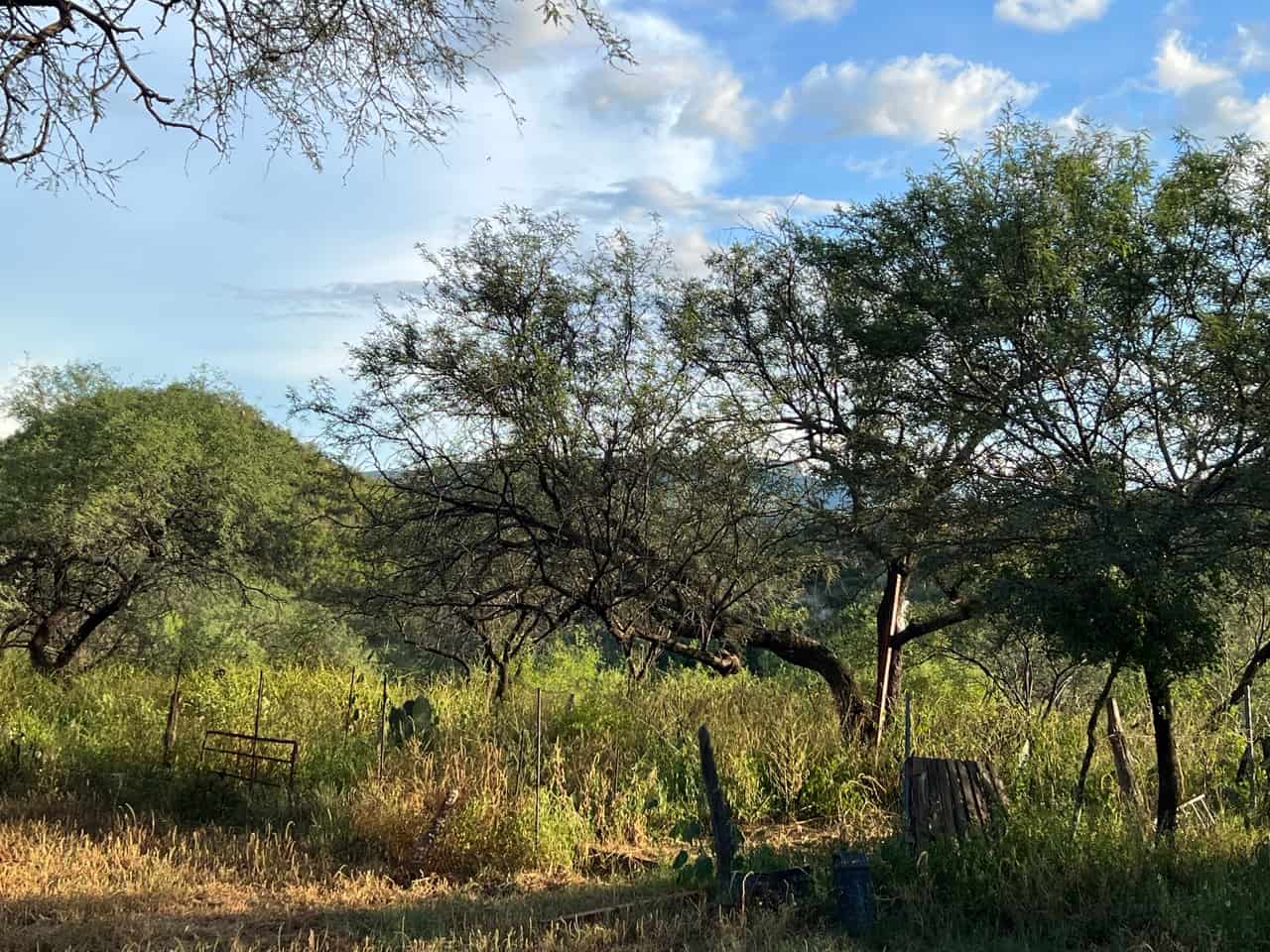
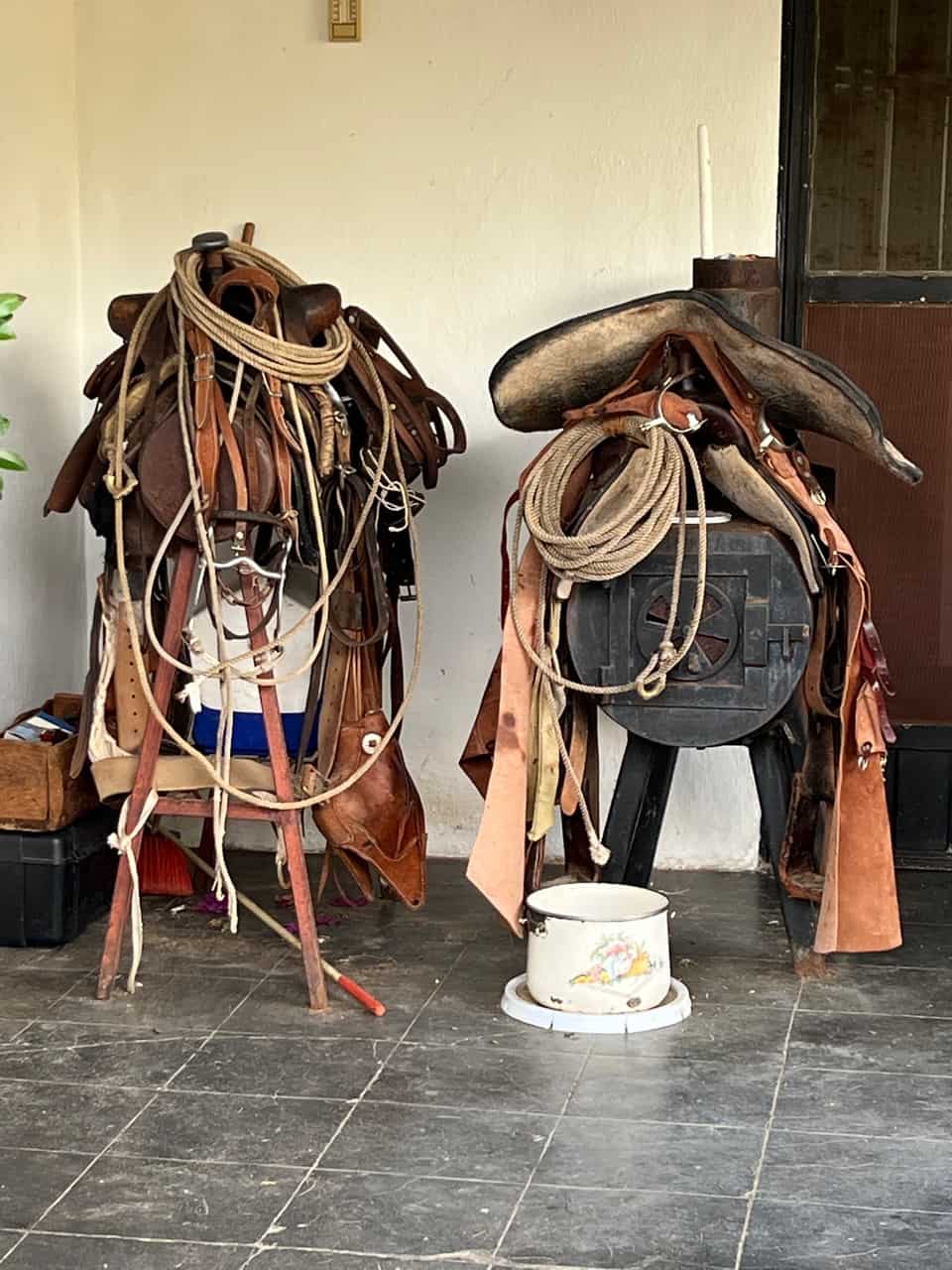
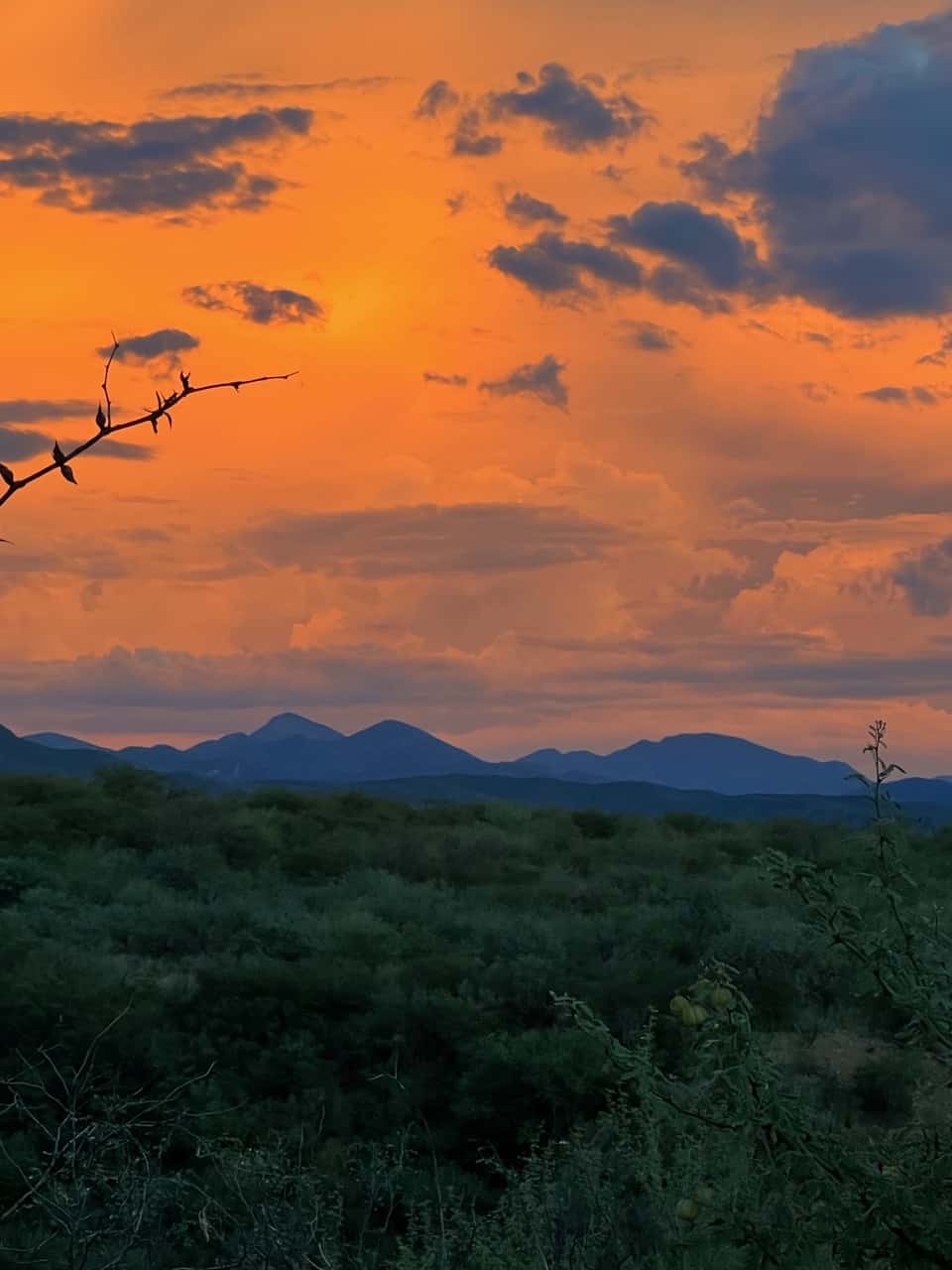
Before crossing the border back into the US the next day, we made sure to get all of the Bacanora we bought out of the glass jugs and into the usual plastic water bottles. We were over our allowed allotment of one liter each. At the customs booth, the agent paid no attention to the dust and mud covered truck nor our tired and grizzled appearance. She asked no questions about where we had been. She just waved us through. Doug, Francisco, and I can only assume that all of our customs karma has now been depleted, something I will bear in mind for my next adventure.

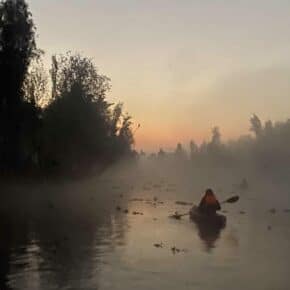
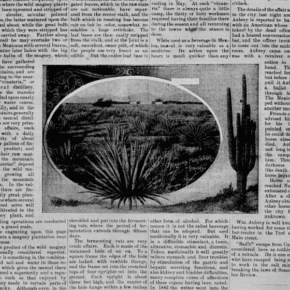
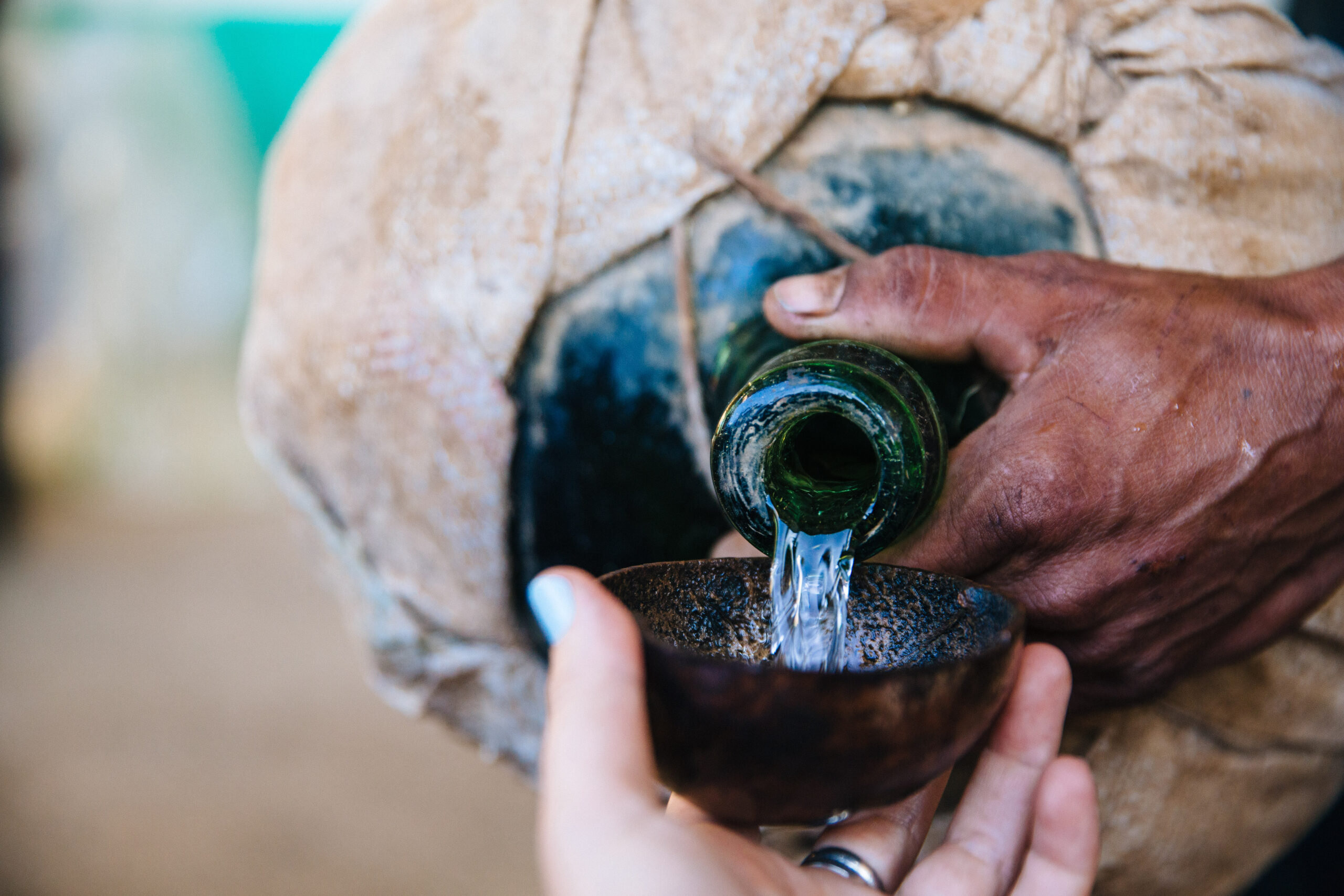









Leave a Comment